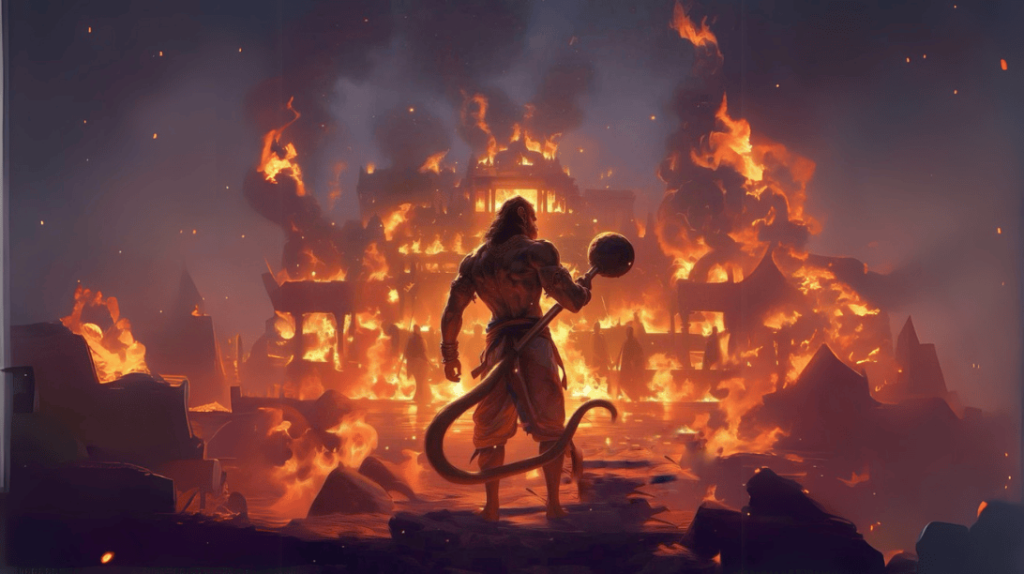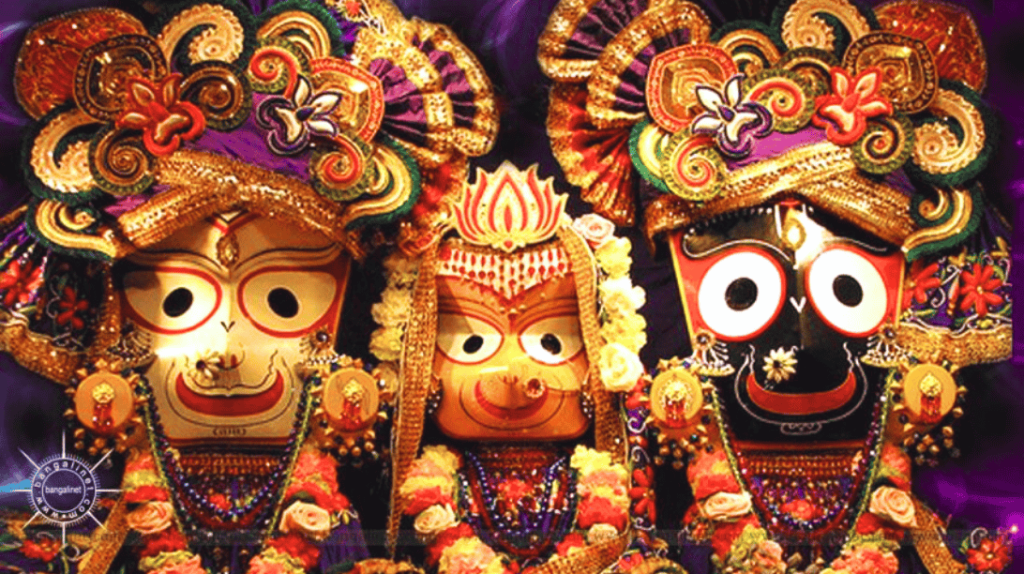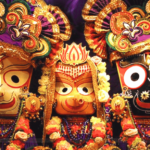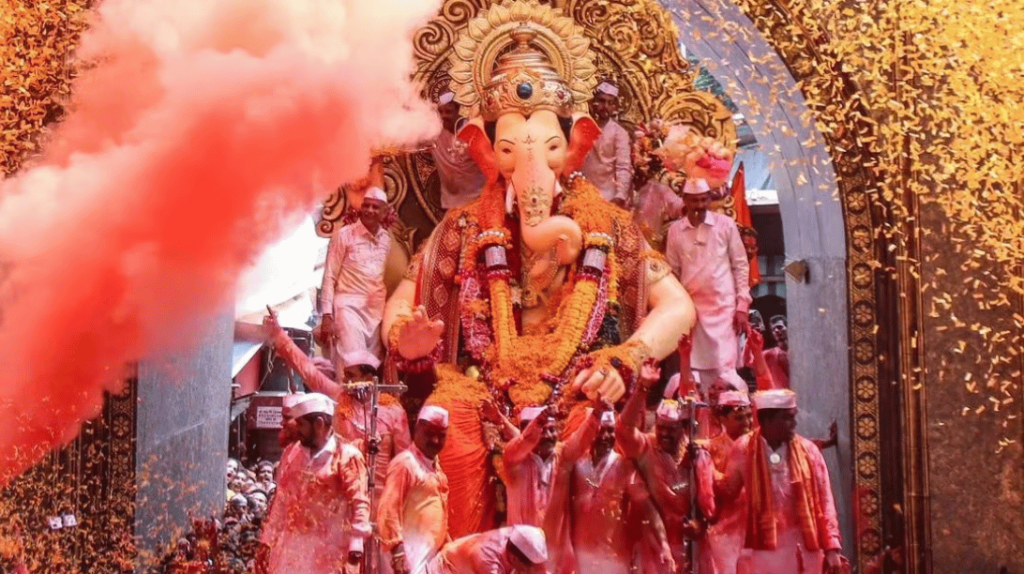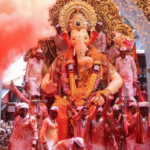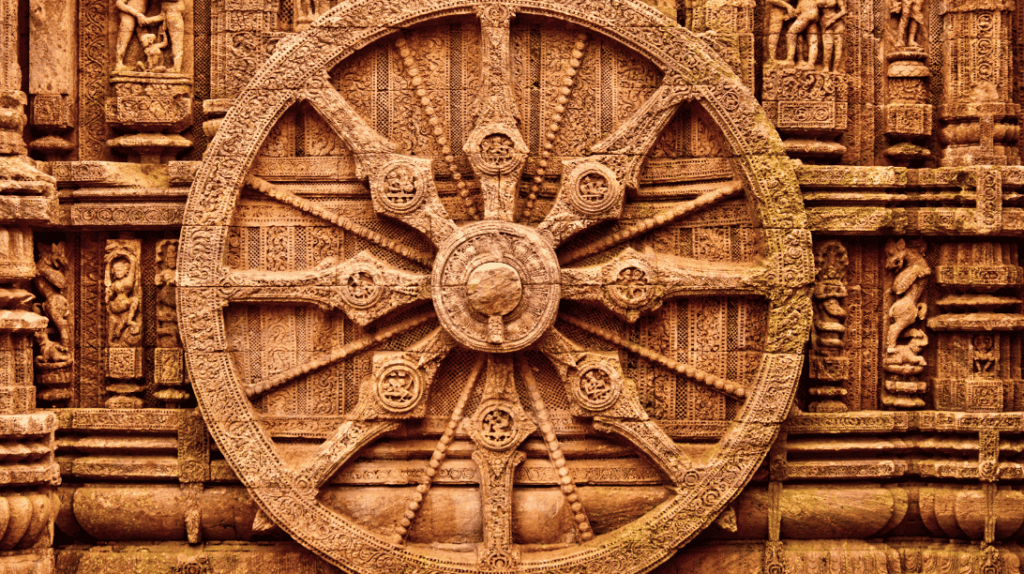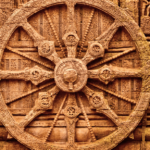
In the heart of India, where the sacred rivers flow with ancient stories, unfolds the world’s largest religious gathering—the Maha Kumbh Mela. This grand spiritual spectacle, often called the “festival of the sacred pitcher,” transforms cities into vast oceans of humanity, drawing millions of pilgrims from across the globe.
Historical Roots
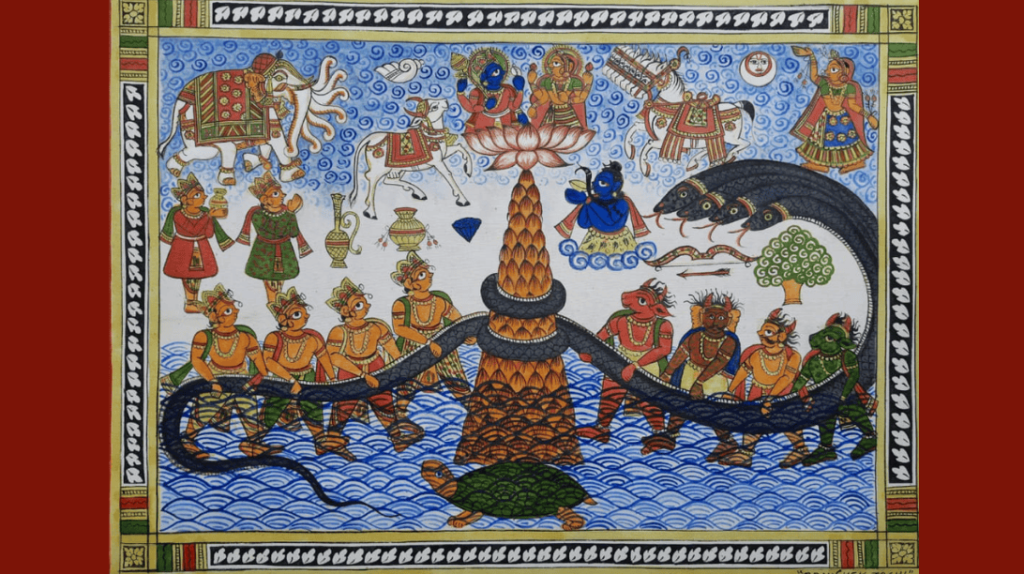
The roots of Kumbh Mela trace back to a fascinating tale from Hindu scriptures. During the great churning of the cosmic ocean called, the Samudra Manthan by the Devtas (gods) and Danavs (demons), a kumbh (pitcher) containing the elixir of immortality called the Amrit, emerged. As the gods rushed to protect it, four drops fell at four different locations: Haridwar, Prayagraj, Nashik, and Ujjain. These cities now host the Kumbh Mela in rotation.
A Celestial Timeline
The Kumbh Mela occurs every 12 years, where three sacred rivers—the Ganga, Yamuna, and the Saraswati—converge in a trinity called Triveni Sangam. The timing isn’t arbitrary; it’s determined by specific planetary positions, particularly Jupiter’s transit through Aries and the Sun’s entry into Capricorn. While the Kumbh Mela occurs every 12 years, the Maha Kumbh Mela, which is a special version of the Kumbh Mela takes places once every 144 years, after 12 cycles of the Kumbh Mela. The Maha Kumbh mela will be held from 13 January, 2025 to 26 February, 2025 in Prayagraj.
The Festival of India
In 2017, UNESCO recognized the Kumbh Mela as an Intangible Cultural Heritage of Humanity, emphasizing its global significance as a living tradition. The event also serves as a model for large-scale crowd management, with millions of pilgrims participating peacefully. It is a living encyclopedia of Indian spirituality and culture. Here, you’ll find:
The Naga Sadhus, ash-smeared ascetics who have renounced worldly possessions, charging into the sacred waters during the Shahi Snan (royal bath).

The Akharas, ancient orders of saints and spiritual leaders, each carrying centuries of wisdom and tradition.
The vast tent city that springs up overnight, complete with hospitals, police stations, and lost-and-found centers—a testament to both ancient wisdom and modern organization.
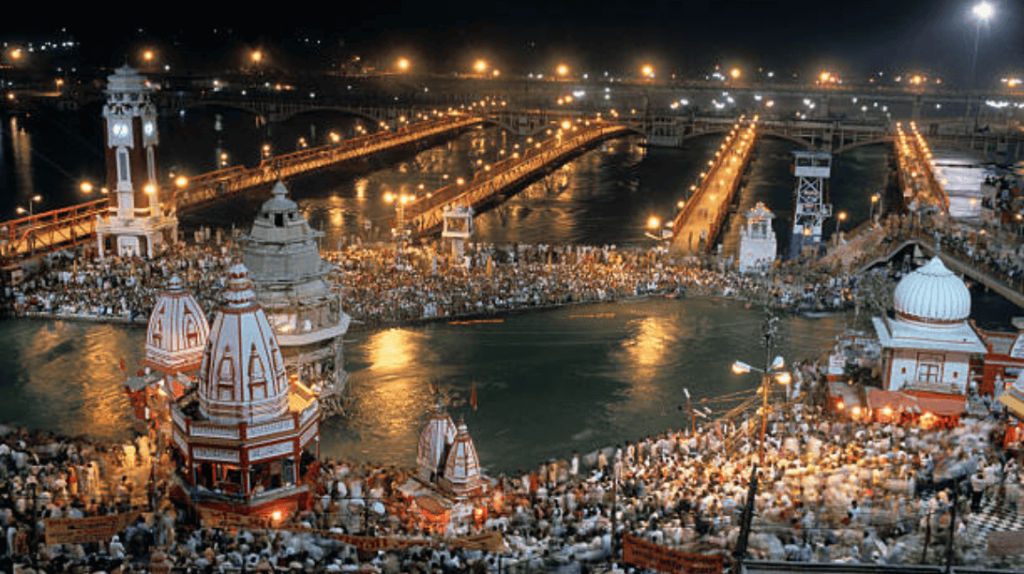
Cultural Significance
As India strides into the future, the Maha Kumbh Mela stands as a bridge between ages. It reminds us that in an era of digital connections, there’s still profound power in physical gathering, in shared faith, and in traditions that have weathered millennia.
Beyond its religious significance, the Kumbh Mela highlights India’s remarkable ability to preserve its cultural heritage despite centuries of invasions, destruction, and religious conversions.
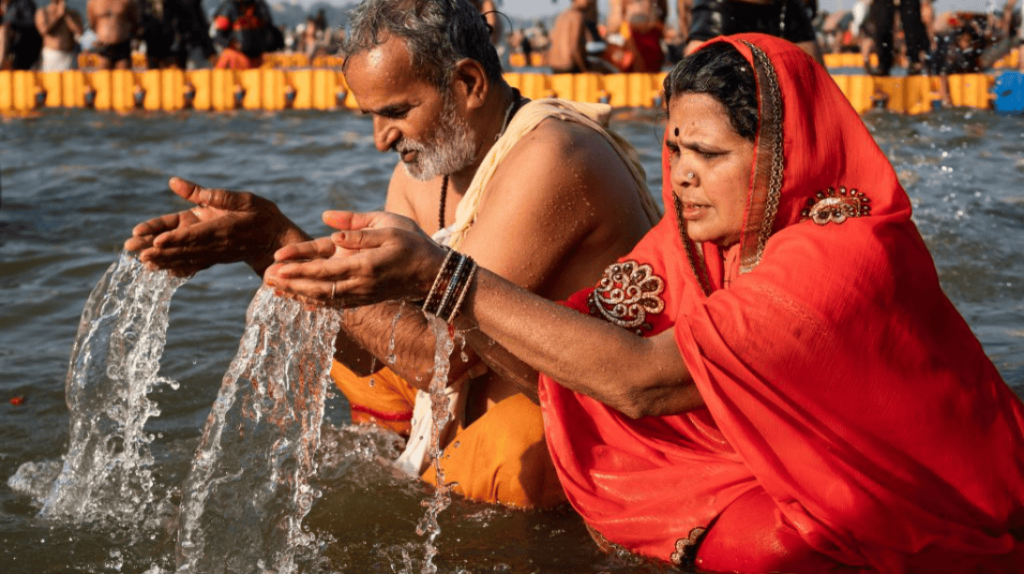
A Mirror of Unity
Perhaps the most remarkable aspect of the Maha Kumbh Mela is how it dissolves social boundaries. Here, billionaires and farmers bathe side by side in the sacred waters. Foreigners and locals share meals in community kitchens. Scientists and saints engage in philosophical discussions. It’s a living testament to India’s ethos of “Vasudhaiv Kutumbakam” (the world is one family).
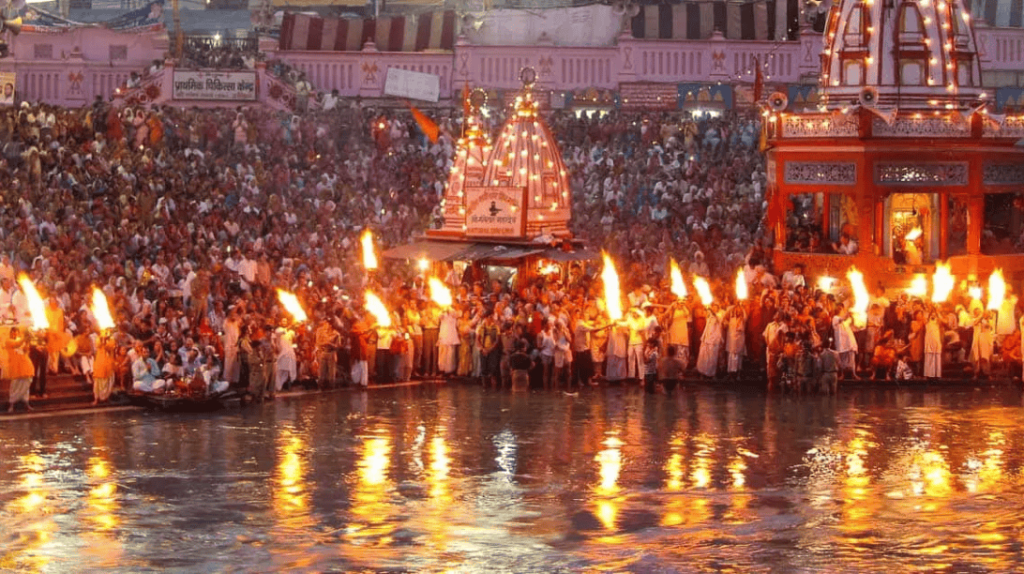
The Maha Kumbh Mela is a cultural phenomenon that bridges the ancient and the modern, the individual and the collective. It showcases India’s spiritual depth and its ability to embrace and celebrate diversity. For anyone seeking to understand the soul of India, the Maha Kumbh Mela is an experience like no other—a confluence of devotion, heritage, and humanity.
